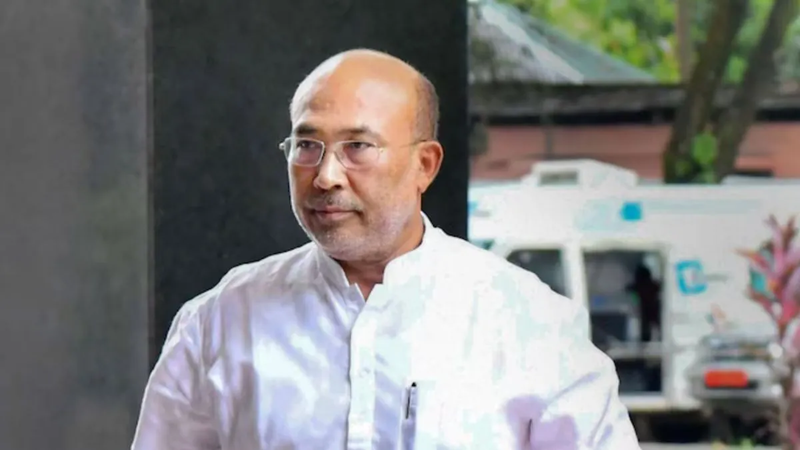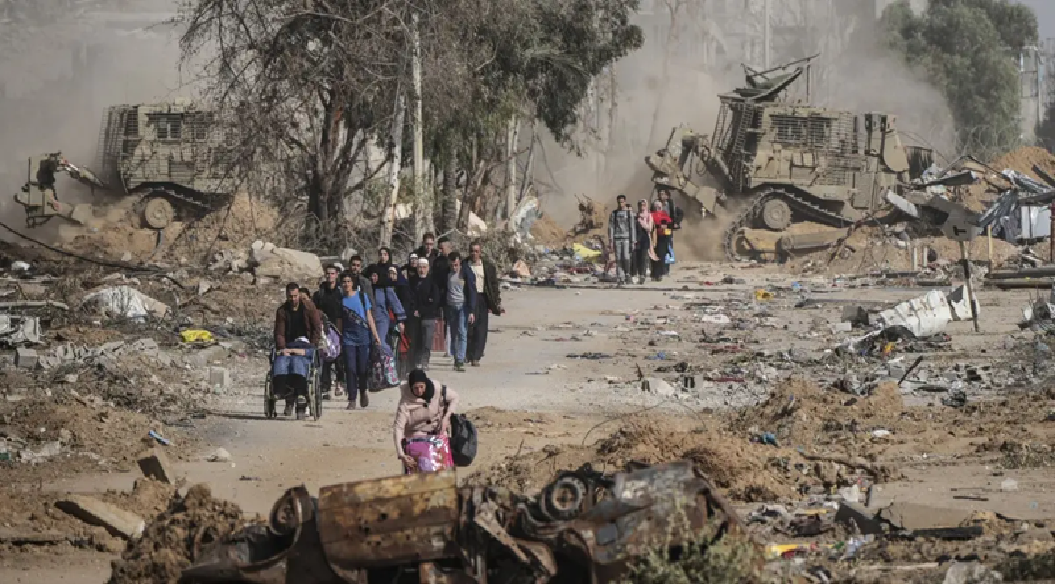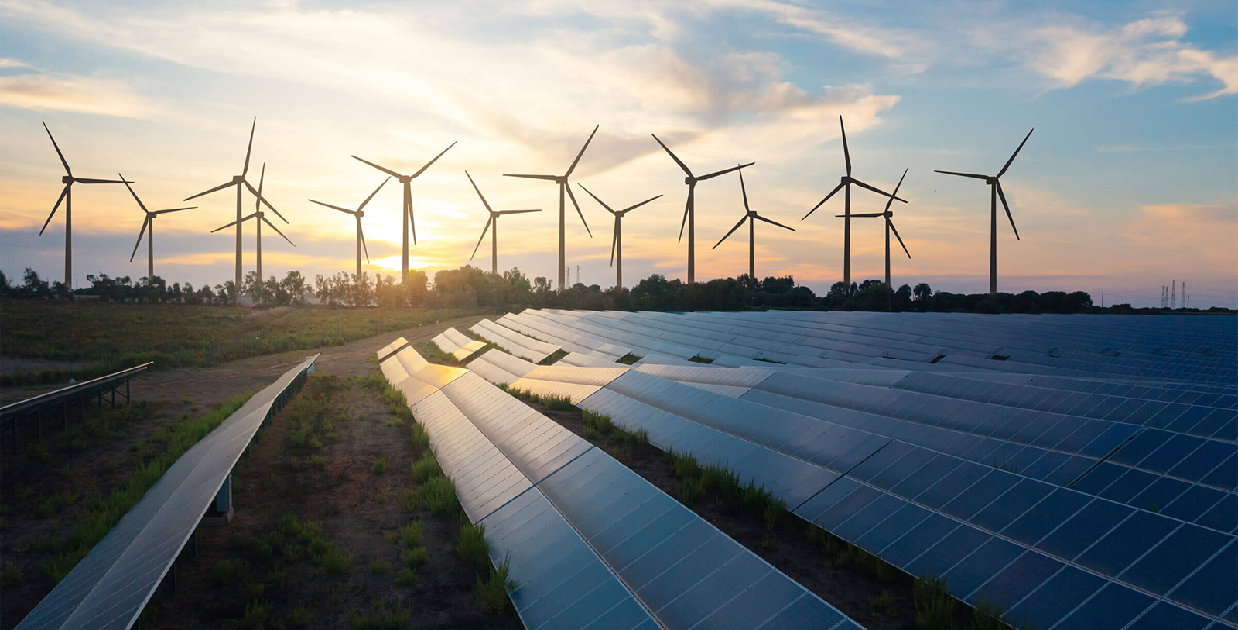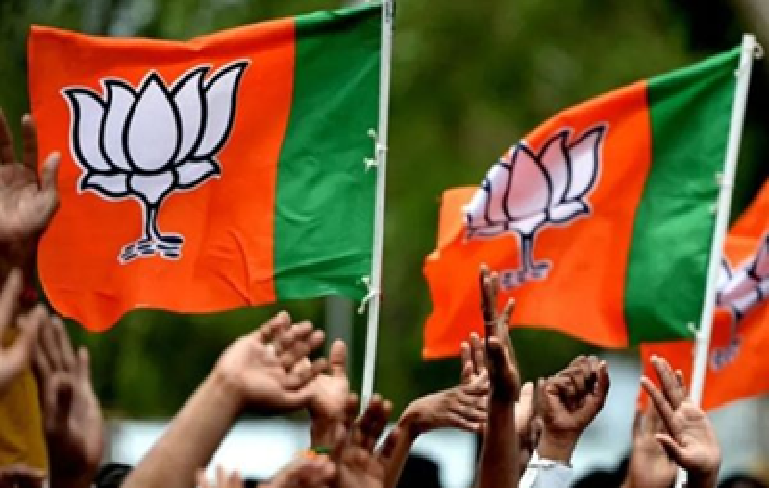
Inequality: Bane of Indian society
Decades ago, Franklin D. Roosevelt, the 32nd President of the United States remarked that “the test of our progress is not whether we add more to the abundance of those who have much; it is whether we provide enough for those who have too little.”
Words worth remembering as one sits down to analyse the 2024 Asia-Pacific Human Development Report, which was launched on Monday. The report minces no words in saying that India has emerged among top countries with high income and wealth inequality.
The only consolation: The share of the population living in multidimensional poverty fell from 25 to 15 per cent between 2015-16 and 2019-21 Disparities are growing no doubt even as per capita income soars.
What is of utmost concern is that poverty remains concentrated in some states that are home to 45 per cent of the country’s population but contain 62 per cent of its poor.
The vulnerable groups are women, informal workers and inter-state migrants, says the UNDP report. It also highlights the troubling act that women constitute only 23 per cent of the labour force pointing to their marginal role as an economic factor.
Wealth inequality is no doubt rising and it is not a comforting thought in a country where pro-rich economic policies of the government have resulted in subsidies for social welfare and for pro-poor schemes being ruthlessly cut.
There are several Central government schemes including the Pradhan Mantri Garib Kalyan Ann Yojana (PMGKAY), under which free food grains are being given to poor people. The Mahatma Gandhi National Rural Employment Guarantee Scheme (MNREGS) on the other hand aims to provide 100 days of guaranteed employment to the poor.
But the fact that inequality is rising goes to prove that the benefits of development are getting concentrated in the hands of a few privileged while the poor and middle classes are condemned to live from day to day at subsistence level with no hope whatsoever of a comfortable existence.
‘People first’ policies and smart growth strategies are no doubt needed to put India on a path of development which conforms to the principles laid down in our Constitution of a socialist secular republic where social and economic equality continues to be the prime consideration above everything else.
You cannot call a nation developed when manual scavenging involving the carrying of human excreta continues to prevail across many states. You cannot by any stretch of imagination say that about a country where people still die of diarrhoea and cholera because millions lack access to safe drinking water and are denied improved sanitation facilities.
And you cannot say that at all about a country where crores of people eat food with insufficient nutrients leading to a serious malady-malnutrition- which could lead to many other complications.
India is progressing no doubt, the numbers of the wealthy are spiraling and poverty may be dipping. But going by the fact that our population is touching a staggering 140 crores, the number of those groveling in poverty would definitely exceed the full population of many countries across the globe.
Fifteen per cent of the population living in dire poverty means that there are as many as 21 crore Indians out there waiting for succour which is hard to come.
The rich can take care of themselves but the poor cannot and so policies and programmes will have to be tweaked so that people can proudly claim that their leaders are progressive and pro-poor.
And it is only when the last Indian can look up with pride in his eyes and a full belly and proclaim that this is a country which cares for him that we can truly claim to be free.
 English daily published in Bengaluru & Doha
English daily published in Bengaluru & Doha






